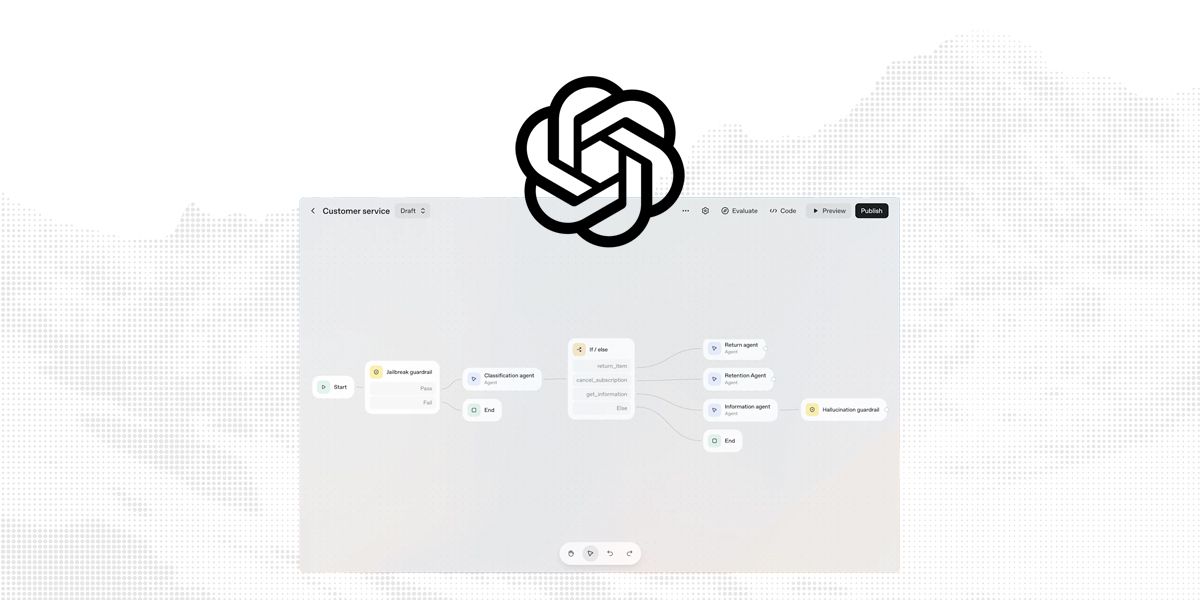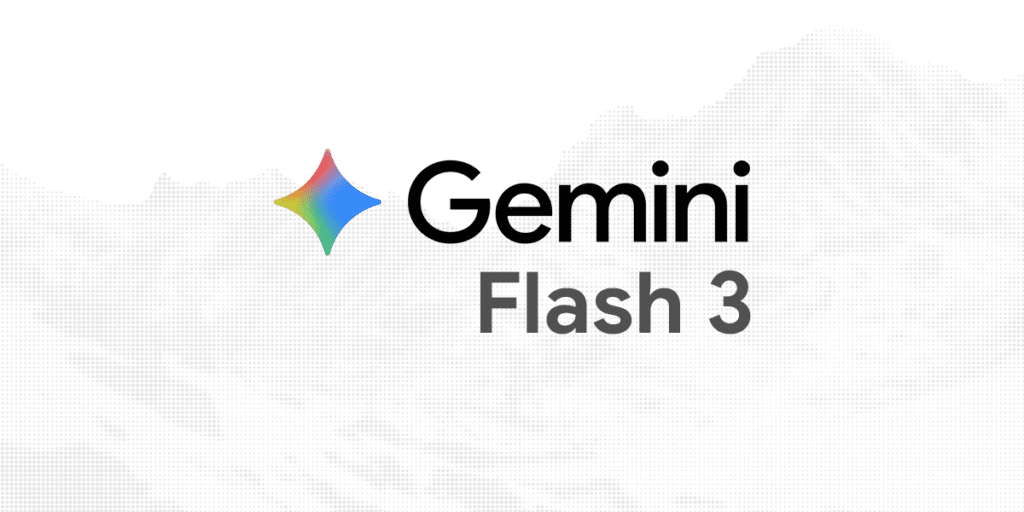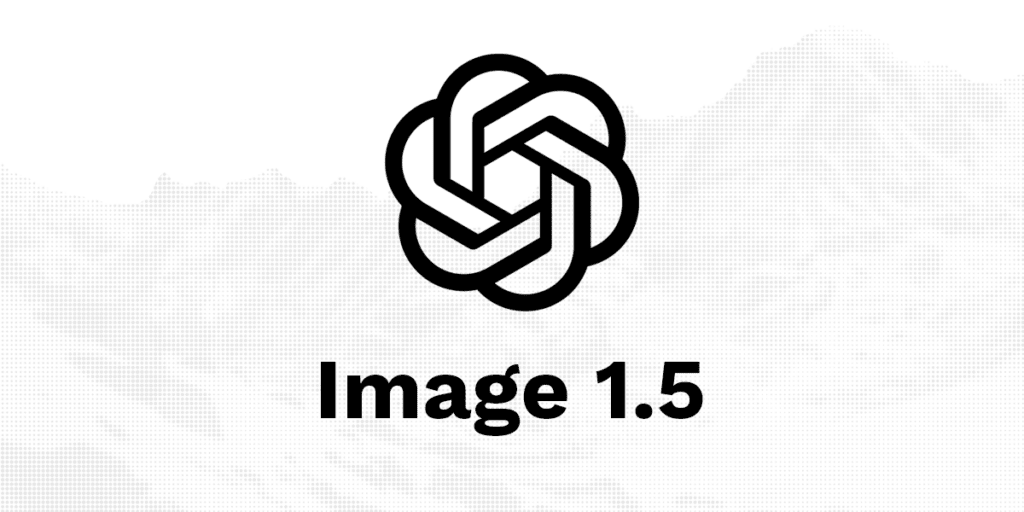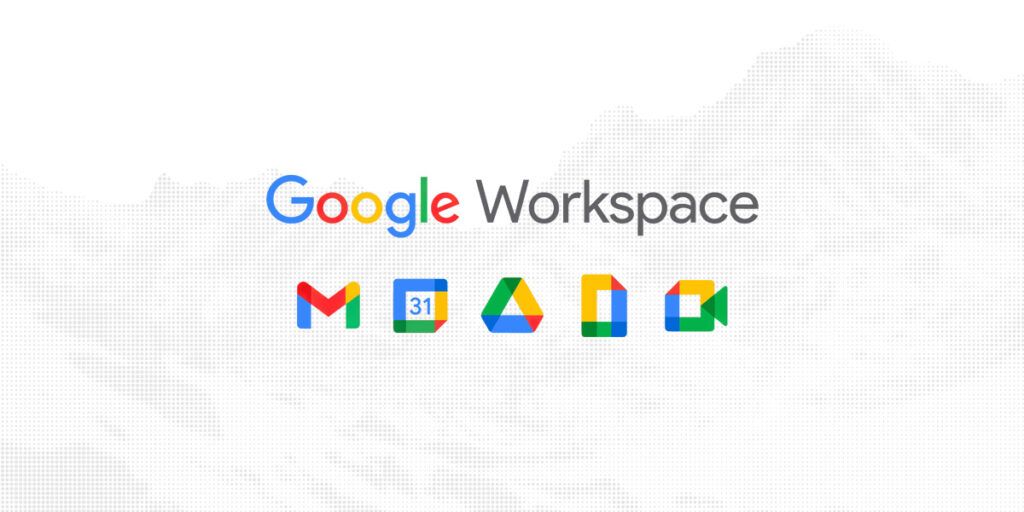On the 6th of October OpenAI has released AgentKit, a comprehensive toolkit designed to streamline AI agent development from prototype to production. The announcement, made at DevDay 2025 on October 6, 2025, marks a significant shift in how developers and enterprises can build, deploy, and optimize AI agents. After the release of ChatGPT Agent back in July 2025, this new release further confirms the strategic focus on AI Agents by OpenAI.
What is AgentKit?
AgentKit is a unified platform that consolidates previously fragmented tools into a single development environment. As OpenAI CEO Sam Altman explained at DevDay, “AgentKit is a complete set of building blocks available in the OpenAI platform designed to help you take agents from prototype to production”.
The toolkit addresses longstanding challenges in agent development, including complex orchestration without versioning, custom connectors, manual evaluation pipelines, and extensive frontend development work.
Core components and features
Agent Builder
The centerpiece of AgentKit is Agent Builder, a visual canvas that Altman described as “like Canva for building agents”. This drag-and-drop interface allows developers to create and version multi-agent workflows using pre-built templates or starting from scratch.
Key features include:
- Visual workflow design with logic nodes and connectors
- Preview runs and inline evaluation configuration
- Full versioning support for iterative development
- Pre-built templates for common use cases like customer service and data analysis
ChatKit
ChatKit provides embeddable chat interfaces that developers can customize and integrate into their applications. The toolkit handles complex requirements like streaming responses, managing threads, and showing model thinking processes.
Canva reported saving over two weeks of development time by using ChatKit to build a support agent for their developer community, integrating it in less than an hour.
Connector registry
The Connector registry serves as a centralized hub for administrators to manage data connections across OpenAI products. It includes pre-built connectors for popular services like Dropbox, Google Drive, SharePoint, and Microsoft Teams, as well as support for third-party Model Context Protocol (MCP) servers.
Evaluation tools
AgentKit expands OpenAI’s evaluation capabilities with new features designed specifically for agent performance measurement:
- Datasets for building evaluation sets with automated graders and human annotations
- Trace grading for end-to-end workflow assessments
- Automated prompt optimization based on evaluation feedback
- Third-party model support for evaluating agents powered by non-OpenAI models
How to use AgentKit
Developers can access AgentKit through multiple interfaces. The visual Agent Builder provides a no-code approach for creating workflows, while the Agents SDK offers programmatic control through Python, Node.js, and Go libraries.
The platform integrates with OpenAI’s existing Responses API, allowing developers to leverage familiar tools while benefiting from the enhanced workflow orchestration capabilities.
Pricing and availability
OpenAI has made several components of AgentKit available immediately:
- ChatKit and new evaluation capabilities are generally available to all developers
- Agent Builder is available in beta
- Connector registry is rolling out to select API, ChatGPT Enterprise, and Education customers with Global Admin Console access
All AgentKit tools are included with standard API model pricing, with no separate platform fees announced. However, usage costs will depend on the number of API calls and tokens consumed during agent operations.
Benefits and advantages
Development speed
Real-world implementations demonstrate significant time savings. Ramp reportedly went from a blank canvas to a functional buyer agent in just a few hours, with their team noting that Agent Builder “transformed what once took months of complex orchestration, custom code, and manual optimizations into just a couple of hours”.
LY Corporation built a work assistant agent with Agent Builder in less than two hours, highlighting the platform’s accessibility for rapid prototyping.
Simplified integration
The unified platform eliminates the need to cobble together disparate tools. Previously, developers often used combinations of n8n or Make for workflow orchestration, Zapier for integrations, and custom code for agent logic.
Enterprise-grade security
The Connector registry provides enterprise-level security features including access controls, audit logs, and credential management that are often afterthoughts in other platforms.
Potential downsides and limitations
Limited connector ecosystem
Compared to Zapier’s 5,000+ integrations, AgentKit’s initial connector library is more limited, though OpenAI plans to expand this over time.
Vendor lock-in concerns
The platform’s tight integration with OpenAI’s infrastructure raises potential concerns about vendor lock-in, limiting flexibility for organizations that want to use multiple AI providers.
Production stability unknown
As a beta release, AgentKit’s production stability remains unproven, and pricing details for high-volume usage are not yet fully disclosed.
Limited customization for complex use cases
While the visual interface simplifies development, it may limit advanced customizations that experienced developers can achieve with code-first approaches using platforms like n8n.
Community reception and market response
The developer community has shown mixed but generally positive reactions to AgentKit’s announcement. On LinkedIn, developers noted that while AgentKit eliminates much of the initial development work, “building the agent was never the hard part. Keeping it reliable, stateful, and context-aware in production is where 90% of the real dev work lives”.
Reddit discussions in developer communities highlight enthusiasm for the rapid development capabilities, with one developer posting about their “obsession with OpenAI Agents” and being “amazed how quickly and efficiently I can build sophisticated agentic systems”.
However, some developers express concerns about the platform’s limitations compared to existing tools. In discussions comparing automation platforms, many note that “n8n has a lot more flexibility, is significantly cheaper thanks to its self-hosting options, and you can get away with way more complex workflows than Zapier”.
Competitive positioning
Industry analysts position AgentKit as a direct competitor to established automation platforms. As one analysis noted, “AgentKit makes sense when your workflows center on AI reasoning and decision-making” but developers should “skip Agent Builder if you need 100+ pre-built connectors (use Zapier), require self-hosting (use n8n), or want to avoid OpenAI vendor lock-in”.
Market impact and future outlook
AgentKit represents OpenAI’s strategic move beyond being purely an API provider toward becoming a comprehensive platform ecosystem. The announcement signals increased competition in the automation space, particularly with visual workflow builders like n8n, Zapier, and Make.
Early enterprise adoption appears promising, with companies like Bain & Company reporting “a 25% efficiency gain in methodology through more efficient dataset curation, improved prompt optimization, and automated trace validation” using OpenAI’s evaluation tools.
The platform’s success will likely depend on OpenAI’s ability to expand its connector ecosystem while maintaining the simplicity and AI-native features that differentiate it from existing automation platforms. As the market for agentic AI continues to evolve, AgentKit positions OpenAI to capture value not just from model usage but from the entire agent development lifecycle.
For more information on the release please visit the official OpenAI AgentKit announcement page







